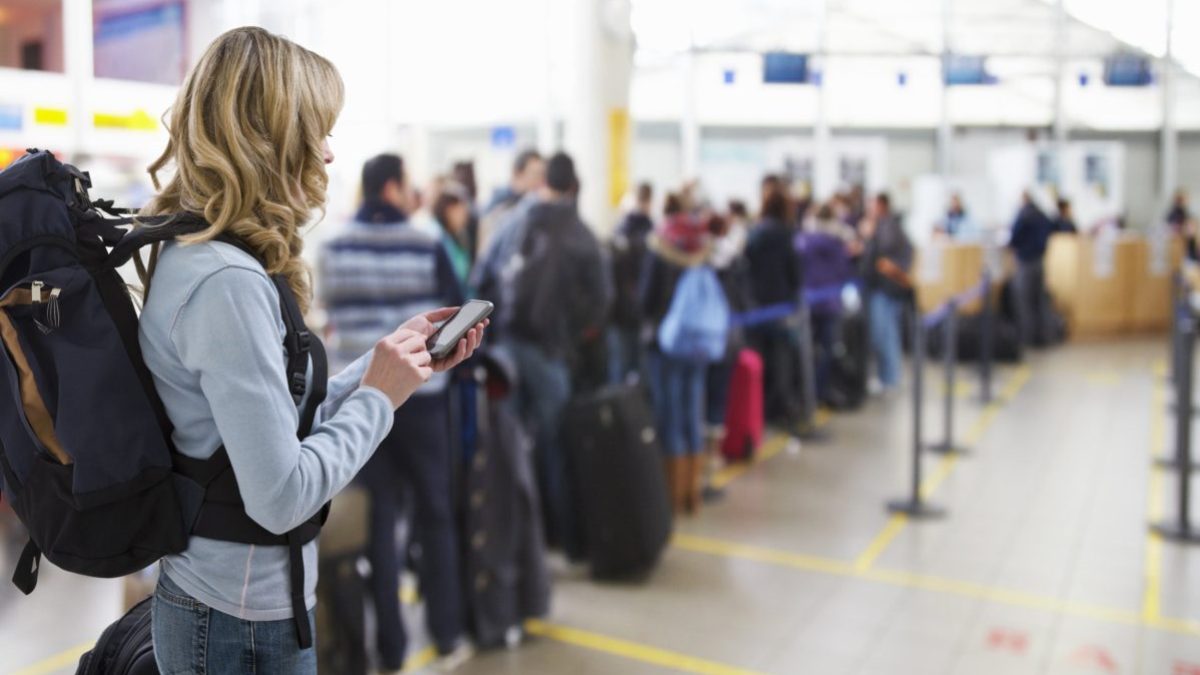Trips to Europe are set to change from October this year when the EU’s Entry/Exit System (EES) comes into effect.
Fingerprint and photographs will be taken from non-EU travellers travelling visa free to the 29 countries in the Schengen area for the first time after EES launches.
An app that would allow passengers to provide some information for EES before arriving at a border crossing is set to be launched this year.
Airports in France, the Netherlands and Italy will not begin pilots of the app until 2026, however.
The European Border Agency Frontex says the “Travel to Europe” mobile app will go live in “selected travel hubs” starting with Stockholm Arland airport in Sweden later this year.
EES will replace the manual stamping of passports on arrival and departure from the EU.
These checks will take place at airports or at Dover, Eurotunnel and St Pancras International Station, where French border force checks are carried out in the UK.
Here’s what we know so far.
How will the EES ‘Travel to Europe’ app work?
Travellers will be able to “pre-register” travel document data and a photograph of their face for the EES before arriving at a border crossing point, according to Frontex. Users will answer an entry questionnaire.
Use of the app will be voluntary for both EU member states and travellers.
“The app is ready to be used with the start of the EES in the coming autumn,” said the statement from Frontex.
The purpose of the app is to reduce processing times at borders.
Where will the app be used?
Arlanda airport is set the first to launch the app. Frontex said it is planning pilots with Dutch, French and Italian authorities in “selected major entry points” in 2026.
All EU member states are being encouraged to integrate the app with their national systems. Frontex said it was not for every border crossing point, but for big travel hubs where the time saved would “make a real difference”.
Non-EU countries that are in the Schengen area will also implement EES. The four non-EU Schengen area countries are Iceland, Liechtenstein, Norway and Switzerland.
What is EES for?
EES is a digital system to record non-EU travellers without a visa entering and exiting the Schengen area. It will replace the manual stamping of passports on arrival and departure from the open border area. The system will also record if third-country travellers stay with the EU or Schengen area for beyond the permitted 90 days in each 180-day period.
Fingerprints, photographs and passport information will be taken the first time a third-country traveller goes to the Schengen area after EES launches. On subsequent visits, the information will be verified.
The biometric data will be kept for a certain period, after which a traveller’s biometric data will be registered again.
The launch of EES has been delayed several times.
What other changes are there for travel to Europe?
The EU is also bringing in a visa-waiver known as the Etias (European Travel Information and Authorisation System) for travellers from outside the EU or Schengen area.
It will launch at least six months after EES. The European Commission suggests it will start in the final quarter of 2026.
Etias will apply for travel to 30 European countries and the application will cost €7. Some travellers will be exempt from the fee.
An Etias will be valid for three years, or until the passport used in an application expires – whichever comes first.
